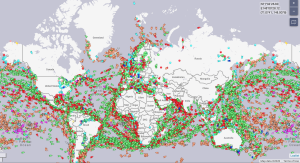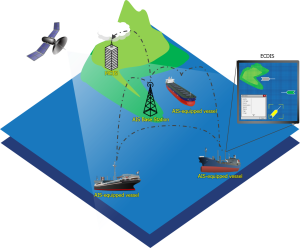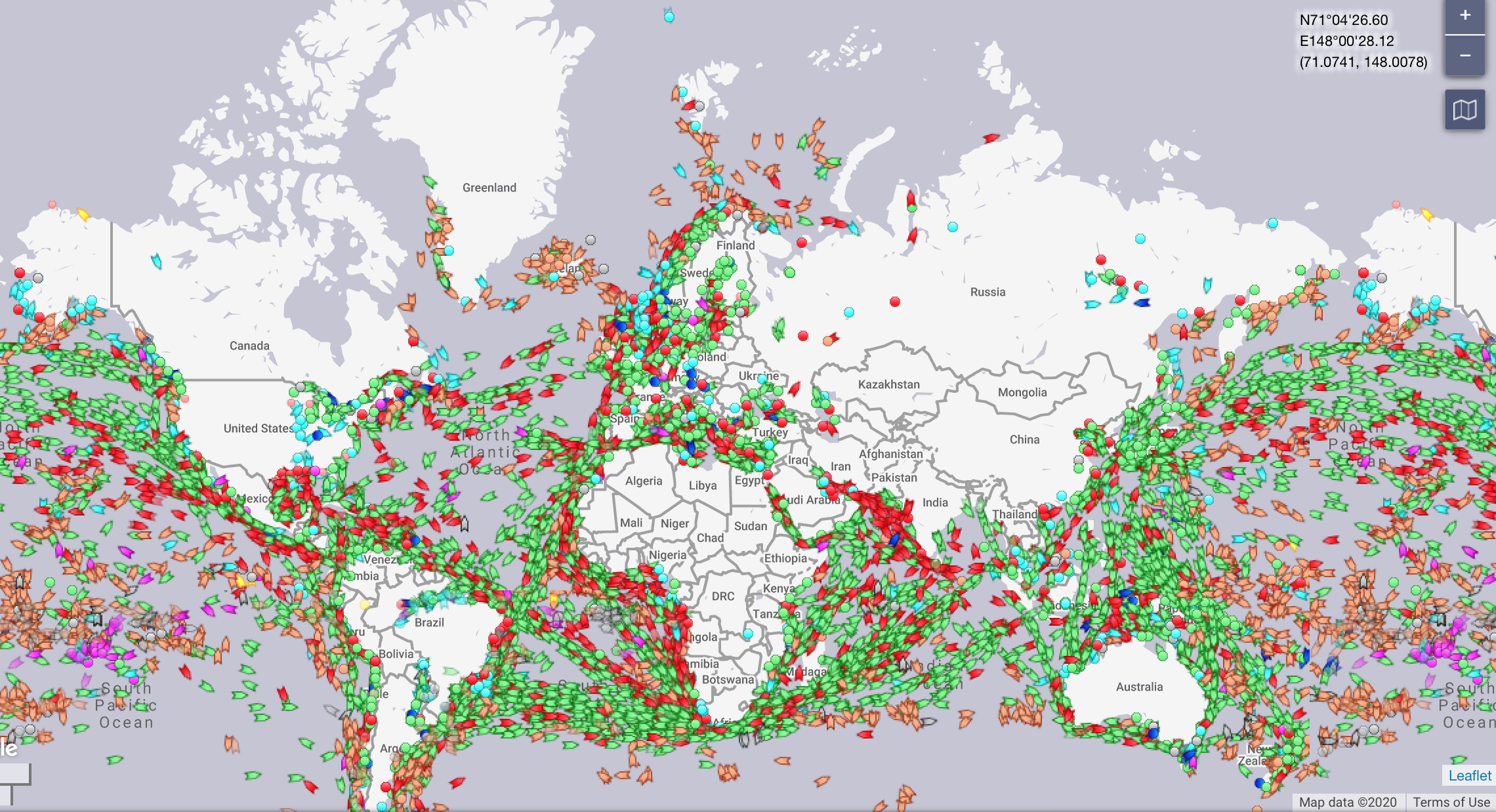Maritime traffic is an essential component of global trade and transportation, encompassing the movement of vessels across oceans, seas, and inland waterways. This intricate system not only facilitates the exchange of goods and services but also plays a critical role in economic development, environmental sustainability, and maritime safety. Understanding maritime traffic involves exploring its dynamics, the technologies that support it, and the regulatory frameworks that govern it.

The significance of maritime traffic can be illustrated through various statistics. According to Eurostat, European Union ports handle millions of vessel arrivals annually, which are crucial for monitoring economic activity and implementing sustainable mobility strategies. The Automatic Identification System (AIS) has revolutionized how maritime traffic is monitored, providing real-time data on vessel movements that enhance safety and efficiency.
The historical context of maritime traffic reveals its evolution from manual navigation to modern technology-driven systems. In the past, vessels relied on visual signals and rudimentary navigation methods. However, as shipping volumes increased, the need for more sophisticated systems became apparent. The International Maritime Organization (IMO) established guidelines for Vessel Traffic Services (VTS) in 1985 to enhance safety and efficiency in maritime operations.One of the key technologies in maritime traffic management is the AIS, which allows vessels to transmit information about their position, speed, and heading. This data is crucial for preventing collisions and managing port traffic effectively.
The AIS has become an indispensable tool for authorities and shipping companies alike, enabling them to track vessel movements and respond promptly to potential hazards. Maritime traffic data is not only vital for ensuring safety but also for understanding global trade patterns. The OECD has developed an AIS Tracking Dashboard that visualizes key indicators related to ports and maritime trade. This tool provides insights into port congestion, trade flows, and vessel types, allowing stakeholders to make informed decisions based on real-time data. For example, during geopolitical events such as conflicts or piracy incidents, shifts in vessel routes can be tracked using AIS data, highlighting the interconnectedness of global maritime operations.

The economic impact of maritime traffic is significant. According to estimates from the World Trade Organization (WTO), approximately 80% of global trade by volume is carried by sea. This statistic underscores the importance of efficient maritime operations in supporting international commerce. Ports serve as critical nodes in this network, facilitating the transfer of goods between ships and land-based transportation systems.Case studies further illustrate the complexities of maritime traffic management. The 2021 blockage of the Suez Canal by the Ever Given container ship had far-reaching consequences for global trade. The incident disrupted supply chains worldwide, leading to delays in cargo deliveries and increased shipping costs. This event highlighted vulnerabilities in maritime traffic systems and underscored the need for robust contingency planning.
In addition to economic considerations, environmental sustainability is becoming increasingly important in maritime traffic management. The shipping industry is a significant contributor to greenhouse gas emissions, prompting calls for more sustainable practices. Initiatives such as the IMO’s strategy to reduce emissions by at least 50% by 2050 aim to address these concerns. The adoption of alternative fuels and energy-efficient technologies is essential for achieving these targets while maintaining operational efficiency.
Maritime traffic also faces challenges related to security and safety. Piracy remains a threat in certain regions, particularly off the coast of Somalia and in parts of Southeast Asia. The international community has responded with coordinated efforts to enhance security measures and protect vessels from attacks. Additionally, incidents such as oil spills or collisions can have devastating environmental impacts, necessitating comprehensive response plans.The integration of big data analytics into maritime traffic management offers new opportunities for improving operational efficiency. By analyzing vast amounts of AIS data alongside other sources such as satellite imagery and weather patterns, stakeholders can gain deeper insights into vessel behavior and optimize routing decisions. Predictive analytics can also help anticipate congestion at ports or identify potential risks before they escalate.As we look toward the future of maritime traffic management, several trends are emerging that will shape its evolution:
- Digitalization: The ongoing digital transformation within the shipping industry will continue to enhance data sharing among stakeholders. Platforms that integrate AIS data with other logistical information will provide comprehensive visibility into supply chain operations.
- Automation: The rise of autonomous vessels presents both opportunities and challenges for maritime traffic management. While automation can improve efficiency and reduce human error, it also raises questions about regulatory frameworks and safety protocols.
- Sustainability Initiatives: As environmental concerns grow, there will be an increasing emphasis on sustainable practices within maritime operations. Innovations such as wind-assisted propulsion systems or hybrid vessels are likely to gain traction in response to regulatory pressures.
- International Collaboration: Addressing global challenges such as piracy or environmental degradation requires cooperation among nations. Collaborative frameworks will be essential for sharing information and resources effectively.
In conclusion, maritime traffic serves as a backbone for global trade while presenting complex challenges that require innovative solutions. As technology continues to evolve, stakeholders must adapt their strategies to ensure safe, efficient, and environmentally responsible operations on the high seas. By leveraging data-driven insights and fostering international collaboration, we can navigate the future of maritime traffic towards a more sustainable horizon.Understanding these dynamics is crucial not only for those directly involved in shipping but also for policymakers who shape regulations impacting this vital sector. As we move forward into an increasingly interconnected world economy reliant on maritime transport, maintaining robust systems that facilitate safe passage while minimizing environmental impacts will be paramount for future generations.

